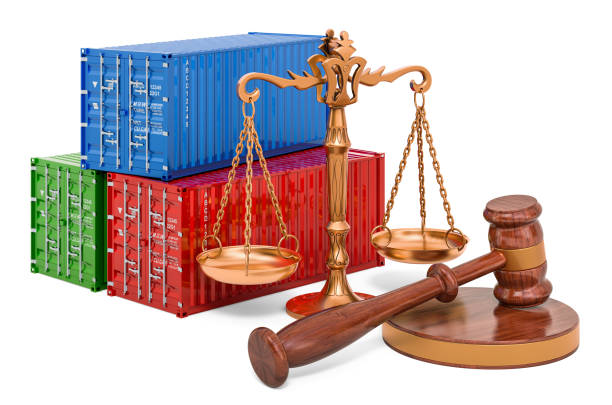Understanding VAT and Customs Impacts on Orders
Cross-border orders can trigger value-added tax (VAT) and customs duties that change final costs, delivery timing, and customer experience. This article explains how VAT and customs interact with shipping, packaging, payments, and returns, and highlights operational steps merchants and buyers can take to reduce surprises during checkout and delivery.

Cross-border commerce often introduces tax and regulatory layers that affect both price and logistics. VAT and customs duties are assessed based on item classification, declared value, and destination rules, and they influence how carriers process shipments, how long customs holds take, and whether recipients incur extra charges at delivery. Understanding these elements helps merchants set clearer pricing, design smoother checkout experiences, and align packaging and documentation to minimize delays and unexpected costs for customers.
How do shipping and logistics affect VAT and customs?
Shipping choices determine how quickly and transparently taxes and duties are handled. Carriers and courier services often offer different customs brokerage levels: some include duties paid at origin or delivery, while others leave duties to the recipient. Faster services may expedite customs clearance but can also trigger higher fees or different VAT treatments depending on incoterms. Proper commercial invoices and harmonized system (HS) codes reduce classification ambiguity, lowering the chance of manual customs inspections that slow delivery and increase handling charges.
How do taxes and VAT apply to different orders?
VAT application varies by jurisdiction: some countries apply VAT at import, some tax digital marketplaces, and some exempt low-value consignments. Rates depend on product type and local rules. Merchants must decide whether to display prices inclusive of VAT at checkout or collect VAT at import; this affects conversion rates and perceived transparency. For compliance, registering for VAT or working with tax service providers may be necessary when sales exceed local thresholds, and correct tax treatment impacts accounting and profitability.
How do customs, packaging, and documentation influence delivery?
Customs clearance depends on accurate packaging descriptions and supporting paperwork. Packaging that masks item details or insufficient documentation can trigger inspections and fines. Clear labels, robust commercial invoices, and consistent declared values help customs officers process shipments without extra scrutiny. Sustainable packaging choices should still meet customs requirements; lightweight, compliant materials can reduce dimensional weight fees in international shipping and lower logistical costs while supporting environmental goals.
What should merchants consider about payments, currency, and checkout?
Checkout design should make taxes, duties, and currency conversions transparent to reduce abandonment. Offer payment methods local buyers trust and present totals in the buyer’s currency where possible. Some platforms allow duty-and-tax-calculated-at-checkout (DTPF) or delivered duty paid (DDP) options so customers see the final price before purchase. Mobile checkout optimization is essential since many customers compare totals on phones; clear tax and shipping breakdowns on mobile reduce friction and support conversion.
How do returns, inventory, localization, and sustainability intersect with VAT?
Returns complicate VAT and customs: refunded shipments may require additional paperwork or proof of export to reclaim duties and VAT. Local return centers or regional inventory holdings can simplify reverse logistics, lower return transit costs, and speed refunds. Localization—using local services, language, and currency—helps set correct tax expectations. Integrating sustainability practices, such as consolidated shipments and carbon-aware carriers, can also affect inventory placement and VAT treatment when goods cross fewer borders.
How can analytics and operational practices reduce surprises?
Use analytics to monitor where customs delays or unexpected duties occur, then adjust logistics or localization strategies accordingly. Track checkout abandonment related to tax or shipping surprises, and experiment with showing duties-at-checkout versus collecting on delivery. Automated tax engines and integrations with carriers’ customs brokerage services reduce manual errors in HS codes and values. Regular audits of declared values, packaging weights, and documentation help maintain compliance and improve conversion by reducing costly delays and chargebacks.
Conclusion VAT and customs duties influence the full order lifecycle: from how products are priced and packaged to how payments, shipping, and returns are handled. Clear communication at checkout, accurate documentation, localized payment and currency options, and data-driven logistics decisions reduce friction and unexpected costs for both merchants and buyers. Consistent processes and monitoring let businesses adapt to changing tax rules while supporting sustainable, efficient international commerce.





